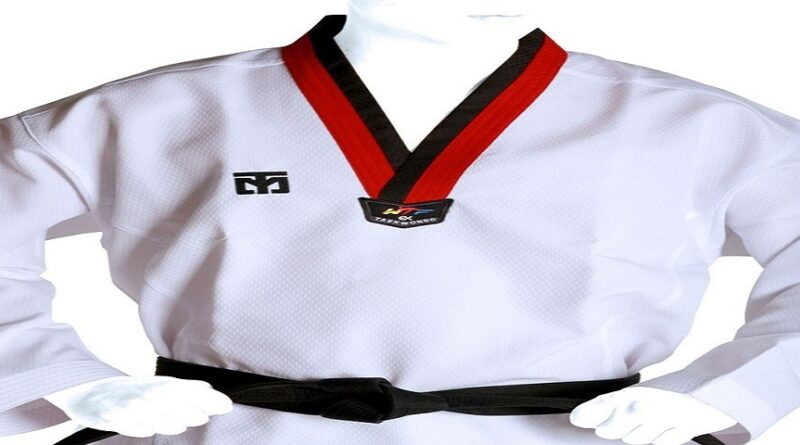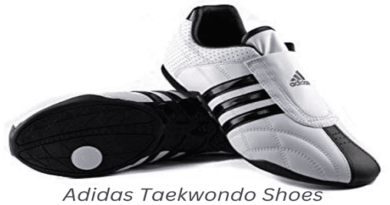More Than Just White Clothes: The Taekwondo uniform is a mystical formation of Korean culture
The image of a Taekwondo practitioner is instantly recognizable: a Taekwondo uniform name that depicts its seams and a colored belt at the waist. Although it serves as a uniform, it is called dobok (도복), which is not mere clothing. It’s more than just that; it reflects culture, tradition, and the journey of karate.
Besides the main, it is imperative to peel the dobok further to reveal the depths of its past. Its construction, and its role in the learning process of Taekwondo.
The Meaning Behind the Name: Dobok Also, these traditional outfits could be worn by the actors that play the roles of different characters, thus reflecting the various social roles and classes in Joseon society.
The word ‘dobok’ itself carries a message.
These terms that derive from the Korean words “do” (도) meaning “way” and “bok” (복) meaning “clothing” are not merely describing a martial art but they are conveying a way of life. “This apparel of the pathway, if taken literally, means that the material nature of this universe comes from the expression of Consciousness. We choose the motto, “TAEKWONDO HIGHER, TAEKWONDO DEEPER” to signify the deeper meaning of the Taekwondo uniform name. This is not only physical techniques, but also a way of self-discipline and self-growth.
This costume of a dobok illustrates the aim of the bearer of the values that they are trying to bring out through their training.
A Legacy of Influence: Tibuni, top, hakama, and the DateTime templates in this example.
A keikogi (稽古着), is the term given to the uniform of similar design used by the practitioners of Japanese martial arts such as Judo. It is a fact that a classical form of Taekwondo is a mere Japanese martial art tradition. Although there were some features that were taken from the Judo uniform, the dobok has now developed its own Korean identity.
Typically, a dobok consists of three parts: Typically, a dobok consists of three parts:
- Sang-i (상의): The jacket is usually white in color and the material used ranges between cotton, cotton-polyester blend, or of like kind. It provides a V-shaped opening and loose sleeves that allow better intentions in movements. The higher-level practicing students might be wearing a specialized robe with embroidery on their names or school affiliations.
- Ha-i (하의): The trousers, white, wide leg cuts, similarly making it possible for wide and high entree strokes. Culottes are usually seen with them and may be paired with a belt or a drawstring.
- Ti (띠): We are not just learning techniques, but we are honing our self-assurance, discipline, and respect. As the belts move through a changing color scale. They start with white for the initiates and end with black for the masters.
Beyond White: The juxtaposition between multitudes of dark themes and vivid colors.
As white is typical for a dobok, meaning it represents purity and a new outlook on Tae Kwon Do, there exist a few options. Sometimes the black uniform (dobоk) is worn by the higher-ranking instructors or in particular demonstrations. Doobs worn by competing teams could be of different colors, to tell them apart.
On the other hand, the novel color books are not usually what you see during the traditional Taekwondo training sessions.
The Doobo Content
Not only dobok’s design become an aesthetic factor, but it’s extensively regarded as functional clothing as well. The spacious and slimmer fit has the advantage of a movement spectrum that is broad and necessary for the performance of kicking and movements of Taekwondo. The comfortable fabric allows the body temperature to be stabilized at peak moments of training. Furthermore, the closely stitched seams ensure that the dobok can face the practice and endure without tearing.
The Dobok: The Denotation of Status and Position of Power
The dobok is always worn with strict discipline and the utmost respect, not just during the practice but out of the dojo, too. It’s being worn in a particular fashion, with the proper right side of the jacket coming first, as in the sort of respect shown towards a bowing superior or classmate.
The Dobok also articulates the hierarchy that taekwondo entertains. The blue belt indicates they have made some progress. While higher-level practitioners may have extra accouterments appended to their clothes (the Korean name of all uniforms). The image conveys a message that sparing is more than just a method and periodic training. A complete commitment and continuous learning in the art of martial arts.
Beyond the Physical: The Mental Transformation
Wearing a dobok is not just about practicality. It’s a mental transformation. Putting on the uniform signifies a commitment to training and a reminder of the values of the taekwondo uniform name. It fosters a sense of belonging to a community and a shared journey of growth.
For students, the dobok becomes a symbol of their progress. As they advance through the ranks and earn new belts, the dobok becomes a testament to their dedication and achievements.
The dobok is more than just a uniform; it’s a tangible representation of the spirit of Taekwondo. It’s a symbol of respect, tradition, and the ongoing pursuit of self-improvement.



